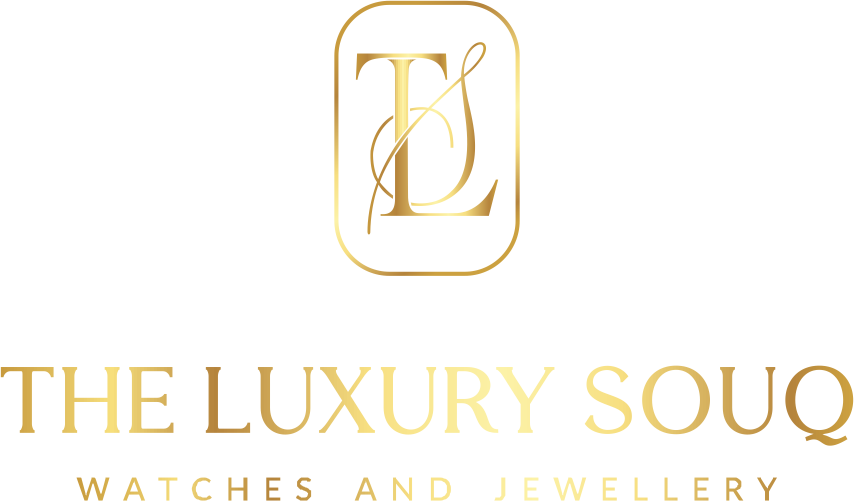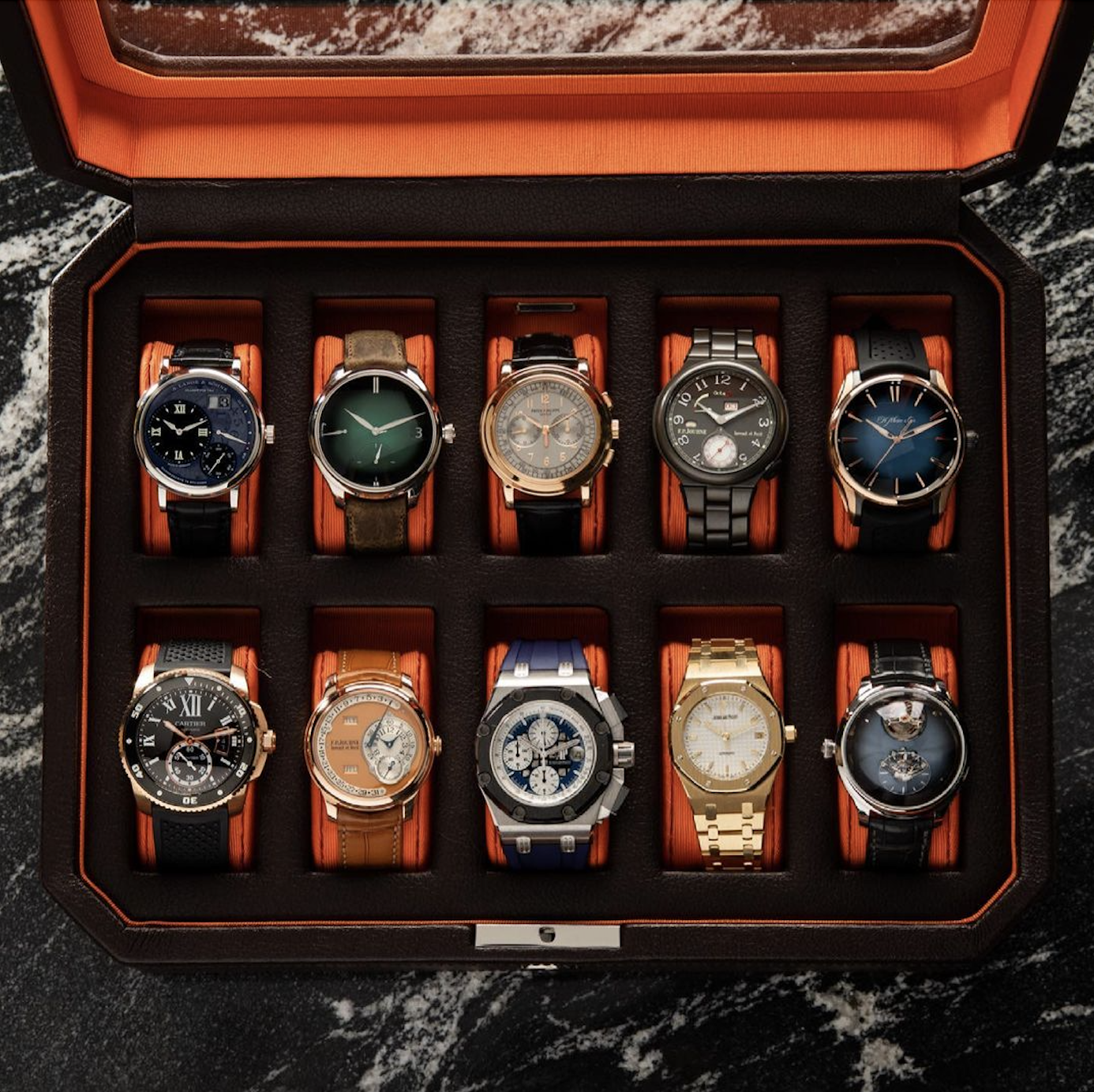
Why Are Rolex Watches So Expensive? A Comprehensive Guide
Rolex watches have long been synonymous with luxury, precision, and status. However, one question often arises among watch enthusiasts and casual buyers: Why are Rolex watches so expensive? The answer lies in meticulous craftsmanship, brand legacy, technological innovation, and market dynamics.
This blog explores the various reasons behind Rolex watches' high price tags, explores why pre-owned Rolex watches can sometimes cost even more than new ones, and looks at popular models such as the Rolex Yacht-Master II and Rolex GMT-Master II “Batgirl.” We will also touch upon Rolex watches and prices in India, a growing market for luxury watches.
The Legacy Behind Rolex's Price Tag
The journey to understanding why Rolex watches are costly starts with the brand's rich history. Founded in 1905, Rolex quickly established itself as a pioneer in watchmaking innovation.
They were the first to create the waterproof wristwatch, the Oyster, in 1926, and the first to receive chronometer certification for wristwatches. This history builds immense brand equity, giving Rolex a reputation for quality and prestige that few other watchmakers can match.
This heritage means you're not just buying a timepiece; you're investing in a symbol of success and craftsmanship honed over a century. This legacy supports Rolex's ability to command premium prices.
Unmatched Craftsmanship and Materials
One of the primary reasons why Rolex watches are so expensive is the incredible attention to detail and the use of top-tier materials. Rolex does not take shortcuts.
Rolex watches are made with 904L stainless steel, an alloy renowned for its durability and corrosion resistance, and far superior to the standard 316L steel most other watches use. This alloy is more expensive and difficult to machine, but gives Rolex watches their distinctive sheen and longevity.
For gold watches, Rolex uses proprietary alloys, including Everose gold, a unique blend that maintains its rose hue indefinitely. Rolex even casts and refines its gold, ensuring total control over quality.
Each watch is hand-assembled by master watchmakers, with every component polished and tested to perfection. This labor-intensive process naturally results in higher production costs.
In-House Production and Vertical Integration
Unlike many luxury brands that outsource manufacturing, Rolex prides itself on vertical integration. This means nearly every part of a Rolex watch — from the tiny screws to the intricate movements — is made in-house. This level of control guarantees quality but significantly increases manufacturing costs.
The Rolex commitment to self-sufficiency ensures consistent quality and innovation, but demands enormous investment in facilities and skilled labor. This is a crucial reason behind the average price of a Rolex watch being so high.
Technological Innovations and Complex Movements
Rolex is known for integrating cutting-edge technology with traditional watchmaking. Models like the Rolex Yacht-Master II include programmable countdown timers tailored for professional sailors. This mechanical complexity requires extensive research, development, and skilled craftsmanship.
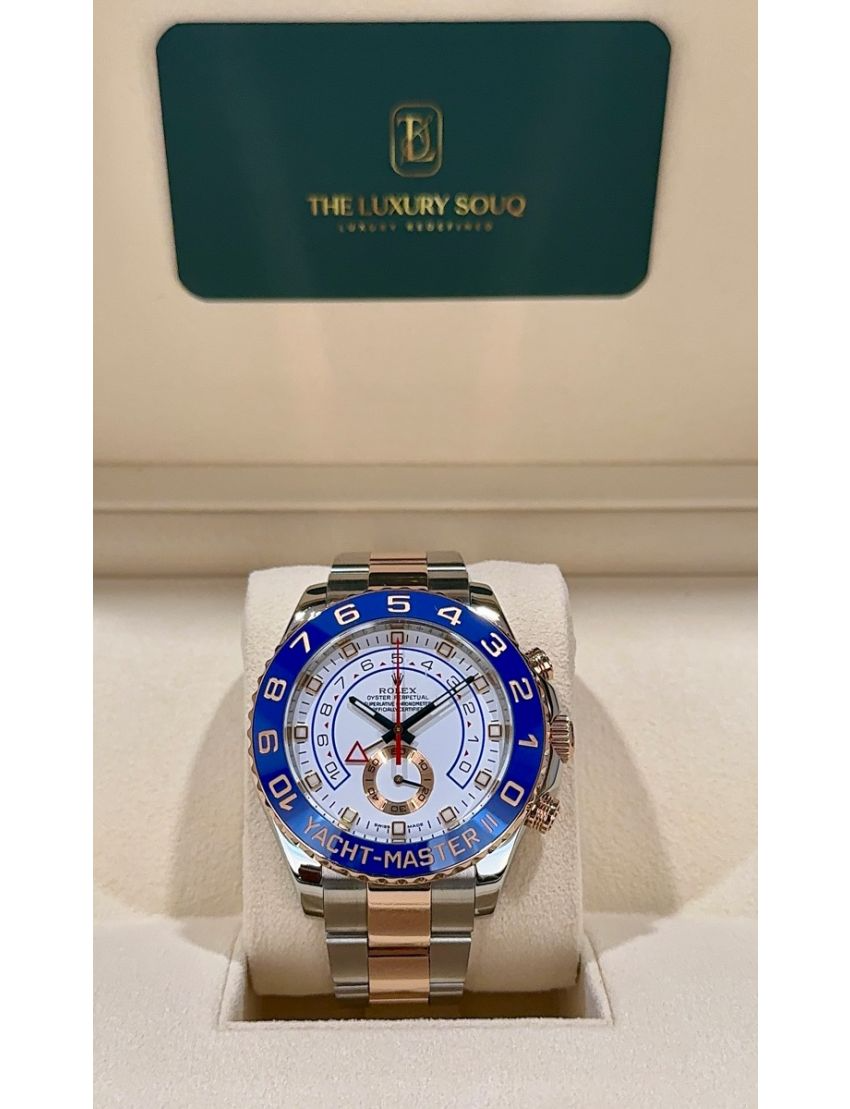
Similarly, the Rolex GMT-Master II “Batgirl” features a dual-color ceramic bezel and a Jubilee bracelet, allowing travelers to track multiple time zones with ease — a testament to Rolex's blend of style and function.
These innovations add substantial value to each watch, justifying their higher costs.
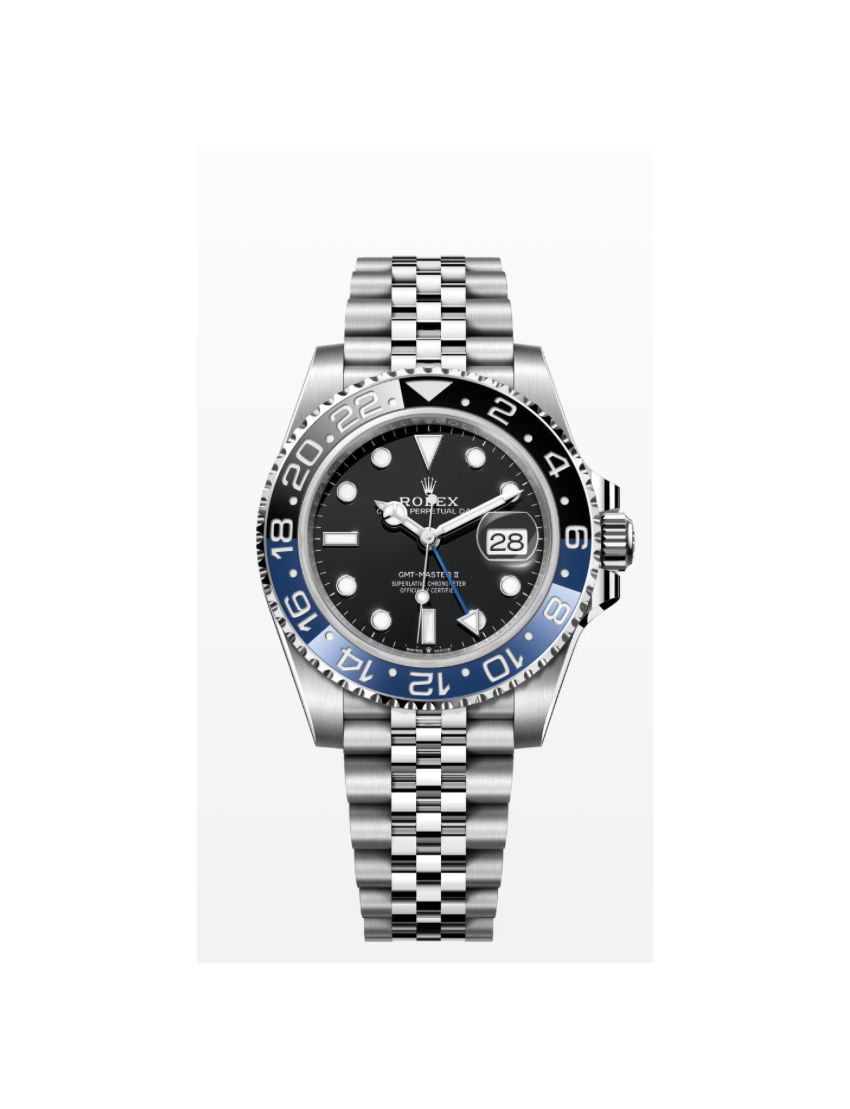
Rigorous Quality Control and Testing
Each Rolex watch must pass a series of rigorous tests. They undergo checks for water resistance, shock tolerance, and precision accuracy that exceed industry standards.
The watches are certified as Superlative Chronometers, which means they meet accuracy standards of 2/+2 seconds per day, more stringent than the COSC chronometer certification.
This exhaustive quality control ensures durability and reliability, making Rolex watches more than just luxury accessories; they are precise instruments worth their price.
Limited Supply Meets High Demand
Rolex intentionally limits its production to maintain exclusivity, which fuels demand and elevates prices. Popular models often have long waiting lists. This scarcity also drives the robust secondary market.
That's why pre-owned Rolex watches sometimes sell for more than new ones. Limited availability, combined with strong demand, makes certain models highly sought-after and valuable.
Why Used or Pre-Owned Rolex Watches Are More Expensive Than New Models
It might sound counterintuitive, but many buyers find that pre-owned Rolex watches can cost more than brand-new pieces. Limited production, discontinued models, and iconic variants drive this trend.
For example, the Rolex GMT-Master II “Batgirl” has become highly collectible, with prices on the pre-owned market soaring well beyond retail.
Similarly, the Rolex GMT-Master II SARU, featuring a bezel adorned with sapphires and rubies, commands a premium due to its rarity.
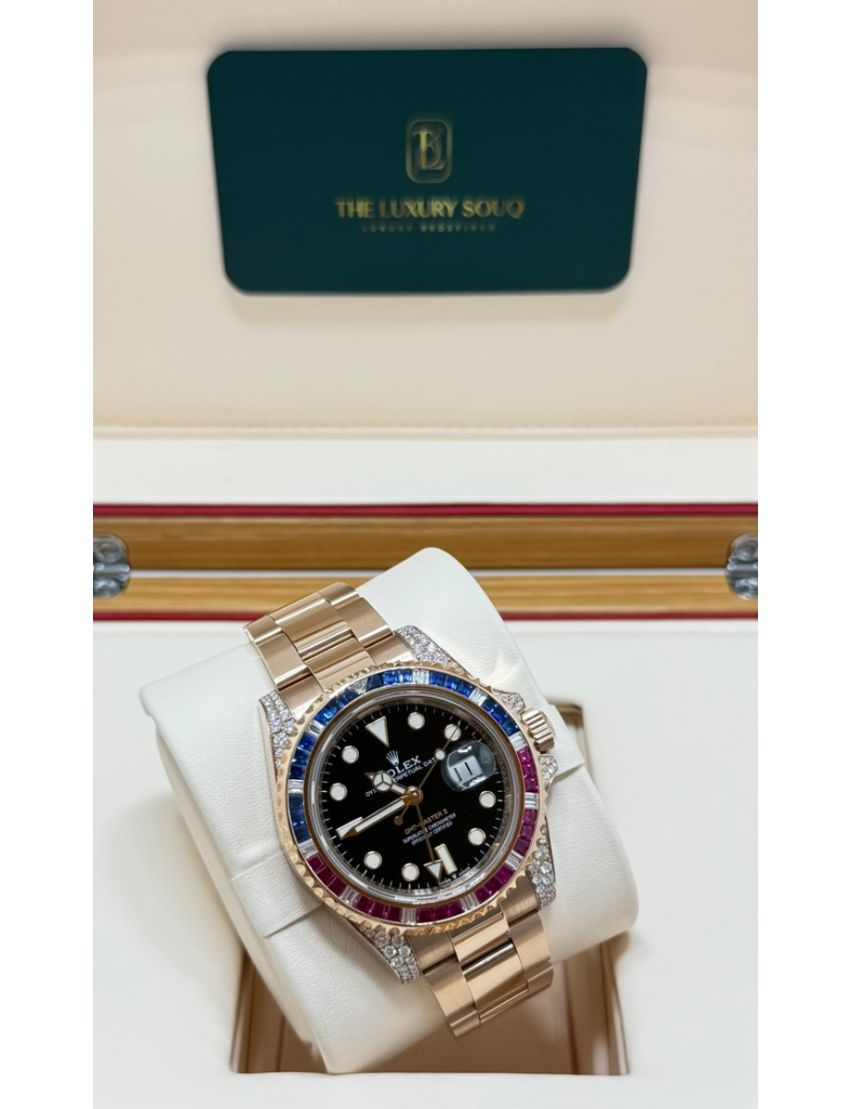
The Market in India — Rolex Watches and Prices
India's luxury watch market is booming, and Rolex is one of the most coveted brands. The average price of a Rolex watch in India ranges from approximately ₹4 lakhs for entry-level models to over ₹30 lakhs for high-end pieces like the Rolex Yacht-Master II.
Import duties, taxes, and exclusivity add to these costs, but Indian buyers value Rolex's blend of craftsmanship and prestige.
Is a Rolex Watch Expensive?
Many potential buyers ask, "Is a Rolex Watch Expensive?" At first glance, Rolex watches may seem prohibitively costly compared to other luxury or even premium watches.
However, when you consider the combination of craftsmanship, innovation, brand heritage, and the watch's ability to retain or even increase its value over time, the price starts to make more sense.
Rolex watches are built to last decades or even generations, combining durable materials like 904L stainless steel and proprietary gold alloys with precision engineering. Unlike many luxury products that depreciate rapidly, Rolex watches often appreciate, especially rare or limited-edition models.
Therefore, while the upfront cost can be high, a Rolex watch is more than a purchase—it's a long-term investment in quality, prestige, and style.
What Makes Rolex So Expensive? Summarizing the Factors
To recap, the reasons why Rolex watches are so expensive boil down to:
- Heritage and brand reputation built over more than a century
- Use of superior materials like 904L steel and in-house gold alloys
- In-house manufacturing and vertical integration for unmatched quality
- Advanced technological features and complex mechanical movements
- Extensive testing to ensure precision and durability
- Limited supply creates exclusivity and high demand
- Investment value, especially for rare and pre-owned models
Conclusion: The Timeless Appeal of Rolex
So, why are Rolex watches so expensive? Because they represent a perfect harmony of tradition, innovation, and exclusivity. Whether you're considering the technical marvel of the Rolex Yacht-Master II or the coveted status symbol that is the Rolex GMT-Master II “Batgirl”, you're investing in more than just a watch. You're buying a legacy, unparalleled craftsmanship, and a piece of history that appreciates over time.
If you want to explore buying options or understand the investment potential of pre-owned Rolex watches, platforms like The Luxury Souq offer an excellent gateway to this prestigious world.
